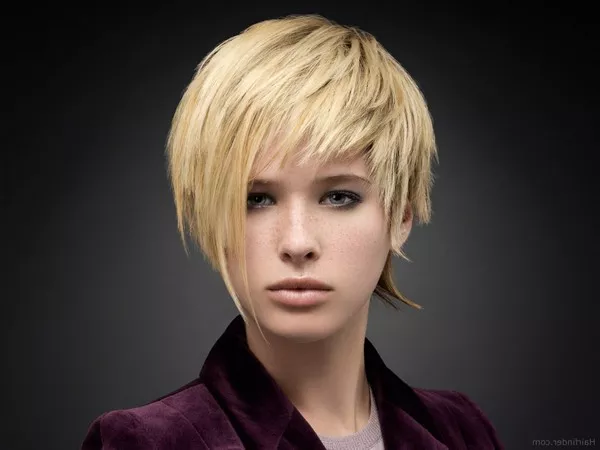The decision of whether to cut your hair when it’s clean or dirty has puzzled individuals seeking a haircut for ages. The prevailing wisdom on this topic can be contradictory, leaving many wondering which route to take for optimal results. The condition of your hair during a haircut can affect the outcome, as well as the ease of the process. In this article, we delve into the debate about whether it’s better to cut clean or dirty hair, exploring the pros and cons of both approaches and shedding light on which might be the right choice for you.
The Clean Hair Argument
One school of thought suggests that cutting clean hair offers more precision and accuracy. Clean hair lacks product buildup, oils, and grime, allowing the stylist to easily section the hair and create clean lines. Additionally, clean hair provides a clear canvas to work with, making it easier to assess the current state of the hair and plan the desired cut. This approach is often favored by professionals who value the ability to see and handle the hair’s natural texture without interference.
The Dirty Hair Perspective
Conversely, proponents of cutting dirty hair argue that the natural oils and product buildup in unwashed hair can lend a certain level of manageability. These elements can add weight to the hair, making it less prone to flyaways and creating a more stable base for cutting. Additionally, dirty hair may hold styles better due to its slightly heavier texture. This viewpoint is particularly relevant when cutting textured or curly hair, as the oils can help maintain the hair’s natural form.
The Middle Ground: Slightly Dirty Hair
Striking a balance between the two extremes is the approach of cutting hair that is slightly dirty. Hair that hasn’t been freshly washed but isn’t overly oily or laden with products can provide some of the benefits of both clean and dirty hair. This compromise can offer manageability while maintaining the natural texture and weight of the hair, making it easier to work with and achieve the desired results.
Dos and Don’ts
Whether you choose to cut clean, slightly dirty, or dirty hair, there are some dos and don’ts to keep in mind. If you’re cutting clean hair, ensure that it’s dry and free from any product buildup. For slightly dirty or dirty hair, avoid using heavy products that can make the hair greasy. It’s also important to note that individual hair types and textures will respond differently to these approaches. Experimentation and understanding your hair’s unique characteristics can guide you in making the right choice.
FAQs on Cutting Hair: Clean vs. Dirty
Q1: Can I cut my hair after washing it if I use minimal products?
Yes, you can cut your hair after washing it if you use minimal products. However, ensure that your hair is completely dry and free from any product residue. This will allow for a more precise and controlled cutting process.
Q2: How often should I wash my hair before a haircut?
The frequency of washing your hair before a haircut depends on your hair type, texture, and personal preferences. If you have oily hair, you might want to wash it the day before the haircut. If you have drier hair, cutting it slightly dirty might offer more manageability.
Q3: Does the type of haircut I want influence whether I should cut clean or dirty hair?
Yes, the type of haircut you want can influence whether you should cut clean or dirty hair. For precision cuts, especially those involving intricate lines and angles, cutting clean hair might be preferable. For textured or layered cuts, slightly dirty or dirty hair can provide more control and a natural base for the haircut.
Conclusion
The choice of whether to cut clean or dirty hair ultimately depends on your preferences, hair type, and the desired outcome. Each approach has its merits and potential drawbacks. Cutting clean hair offers precision and clarity, while cutting dirty hair can provide manageability and texture. Finding a middle ground by cutting slightly dirty hair might offer a balanced solution. Ultimately, understanding your hair’s unique characteristics and experimenting with different approaches can help you determine the best choice for your individual haircutting journey.

